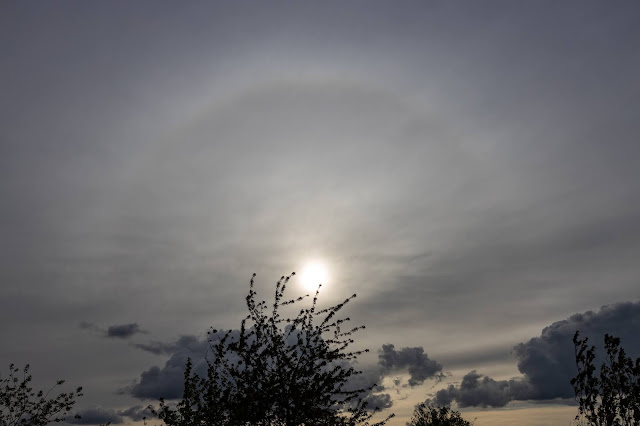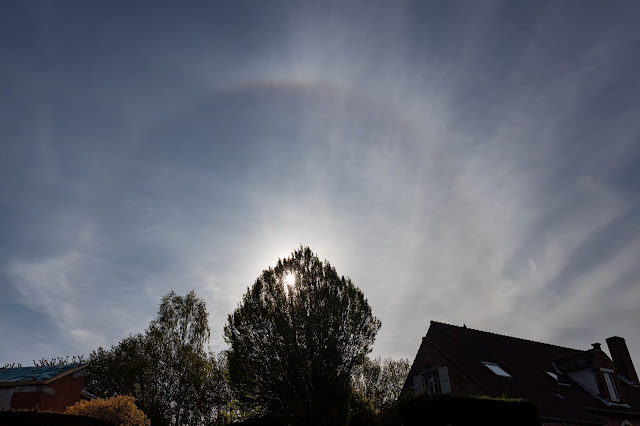R-sky Hooded Observing Vest

For my birthday, I got the R-Sky Hooded Observing Vest as a present from my fantastic wife. The weather has been very bad for observing since my birthday, so I could try out the vest only once. I have to say that I'm very happy with the vest. There are a lot of very large pockets where even heavy eyepieces (like the Televue 31mm Nagler) can be stored. There is more than enough space for my eyepieces and extra accessories, like my red flashlight, pencils and the SQM-meter. The size of the vest is large enough to put the vest over a winter jacket or my very old red ski suit (for the people who ever went observing together with me: yes, I still have that same old ski vest and I still use it for observing). The R-sky Hooded Observing Vest: Side view However, the most interesting part about the vest is the hood. It is possible to hide deep inside the hood, removing al the background light from the surroundings (and from my backyard, there really is a lot of disturbing light). Th




